In the city of Gori, you will find the most bizarre museum in Georgia, the Stalin Museum. This museum is entirely dedicated to Joseph Stalin, the former Soviet leader who was born in Gori. But there is something remarkable about this place. Namely, it presents a rather positive image of one of the most important leaders of World War II. Okay, we know that the Soviet Union was the first country to reach Berlin in 1945 and that it meant the end of the war. And that this meant the end of the war. But Stalin also had his “dark” sides. In this article, I explain more about his life and you will get an impression of his remarkable museum.
Outside the city of Gori you will find a very special city that you absolutely should not skip during your vacation in Georgia. It is a cave city with a history of more than 1500 years. Read more about it in the article The Cave City of Uplistsikhe | A Historical Explanation

A bad childhood and revolutionary ideas

Public domain, https://commons.wikimedia.org/w/index.php?curid=59168
Little Joseph was born on December 18, 1878, in Gori under the name Josef Dzhugashvili. He did not have a happy childhood and this would determine his future. As a child, he lived in poverty and was regularly beaten by his father. His brothers and sisters also died at a young age. It was therefore positive that he was educated at a Russian Orthodox seminary in Tiflis, one of the better schools in the region.
When he was 20 years old the seminary expelled him because of revolutionary ideas. At that time, the young Stalin was engaged in work by the German philosopher Karl Marx. He came into contact with the Bolsheviks and with Lenin. Soon the young Stalin emerged as an important member of the organization. He became a financier of the Bolsheviks by arranging for bank robberies and kidnappings. This led to seven arrests between 1908 and 1917. From 1913 until the revolution in 1917, he was under strict supervision in prison.
Karl Marx is known as the father of Communism. Want to know more about his life story? Then read the article Museum Karl-Marx-Huis | Visit his birthplace in Trier.
The Russian Revolution and the rise to power
During the February Revolution of 1917, Czar Nicholas II resigned. A provisional government was formed and Stalin was released. At a party congress in April of that year, he was elected to the party’s central committee. After the October Revolution, in which the Bolsheviks seized power in the country, Stalin was appointed minister of nationalities.
During the Russian Civil War (1918-1924), he acted ruthlessly as a minister and had political opponents eliminated. This led to major criticism from another important prominent member of the Bolsheviks, Leon Trotsky. In 1922, Stalin obtained the office of secretary-general of the party and this was the beginning of his rise as dictator of the Soviet Union. When Lenin died in 1924, the road to dictatorship was open. Political opponents, including Trotsky, were exiled…

By Pyotr Otsup (1883 – 1963)(Retouched by AM (talk)) – Original publication: Журнал “Огонёк” №2 от 1940 год, Public Domain, https://commons.wikimedia.org/w/index.php?curid=707497
Joseph Stalin’s ‘revolutionary’ plans
Joseph Stalin believed that the Soviet Union should be able to compete with other Western countries, where industrialization was already in full progress. He advocated the collectivization of agriculture, in which the Soviet Union became the owner of all farms. This was supposed to lead to economies of scale and more revenue to build factories. However, rich farmers who resisted were exiled to a gulag (penal camp) and murdered. Also, a lot of forced labor took place. The drastic collectivization was counterproductive and between 1928 and 1939 an estimated 30 million people died of starvation. However, the Soviet Union had definitely caught up in the industrial field with the construction of factories and products. Something that was of great benefit during World War II.
In 1934 Stalin seized upon the murder of Sergei Kirov, a confidant of his, to eliminate political opponents. Anyone he distrusted was exiled to the gulag and killed.

World War II – The treaty, the deception and the victory
Although Stalin distrusted German leader Adolf Hitler for annexing eastern territories, they concluded a non-aggression pact in 1939 to everyone’s surprise. This is known as the Molotov-Ribbentrop Pact. But that also exposed Stalin’s naivety. After Poland was divided between Russia and Germany, Germany decided to invade Russia. And Stalin had totally failed to consider that as an option, despite warnings from his own intelligence service. In 1941, Germany started Operation Barbarossa.
Germany expected a Blitzkrieg, like Poland. Within 5 weeks Moscow had to be taken. However, things went differently than planned. Stalin called for a defense of the country and people to the last gasp. The Russian population went to war and at Stalingrad, the current Volgograd, this led to major losses for Germany. Partly due to the cold winter they were not prepared for a long battle in Russia. From that moment on, the Russians would march towards Berlin….
When the Russians invaded Berlin in May 1945 and Germany was defeated Stalin was considered to be the Great Leader. But that did not change his politics. Russian soldiers who had been captured by the Germans were seen as “cowards. Stalin sent them to the penal camps and also continued to imprison more political opponents. But then it was 1953 and it was time for Stalin to leave earthly life. He died at the age of 74.

Public Domain, https://commons.wikimedia.org/w/index.php?curid=40547477
The balance – A hero?
Above you have been able to read a brief summary of the life of Joseph Stalin. If you are planning to visit the Stalin Museum in Gori, you will have a lot of positive feelings about your visit. But is that actually justified? When you have read the piece above you can judge for yourself.
During his reign as leader, the collectivization of agriculture and the associated forced labor cost many millions of Russians their lives. Similarly, the political purges were aimed at eliminating all political opponents.
On the other hand, the conquest of Berlin by the Russians in May 1945 would have been very important in ending the war. If this had not happened, it would undoubtedly have lasted longer. This was due to Stalin’s organizational talent in choosing the right leaders to defeat the Germans.
In conclusion, estimates vary, but historians believe that Stalin’s actions caused about 20 to 60 million deaths. That’s quite a wide margin. Both in the homeland during the Five Year Plan and the purges and during World War II, many millions of people lost their lives.
Does this mean you should skip this museum? Certainly not, because it remains interesting and fascinating. But it is certainly useful to know what the real history is before visiting.
An impression of the Stalin Museum
The Stalin Museum consists of 6 permanent exhibitions, each telling a part of his life. The sixth room, however small it is, tells more about the negative sides of Stalin. This room exists since 2010. Outside you can visit his train car and his birth house.
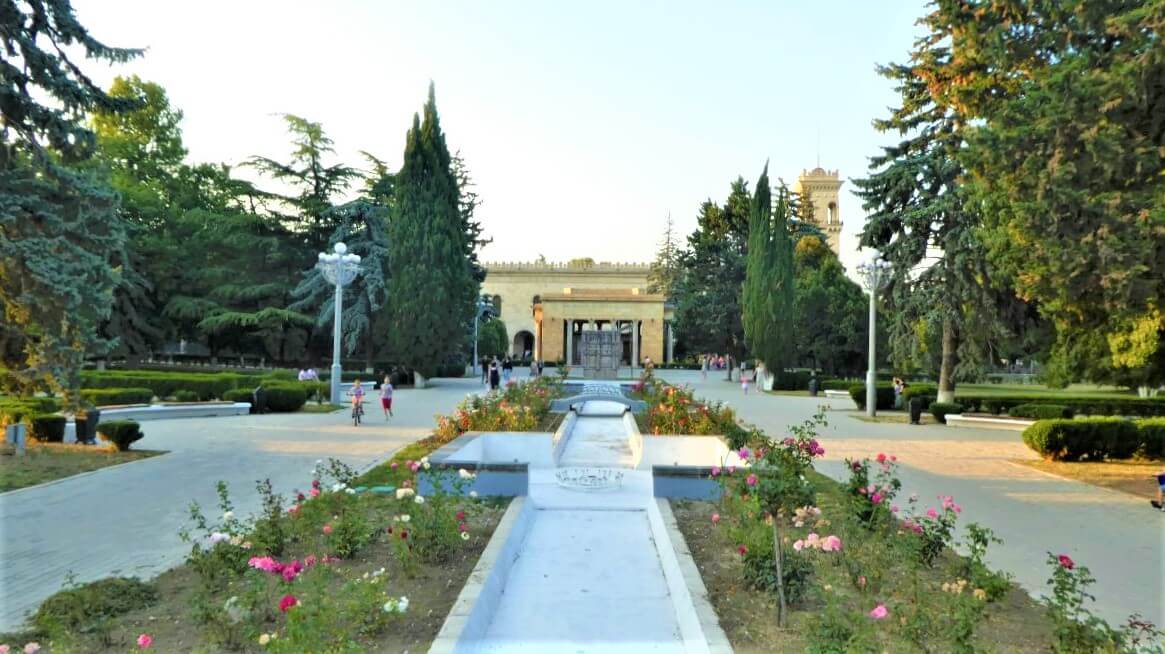
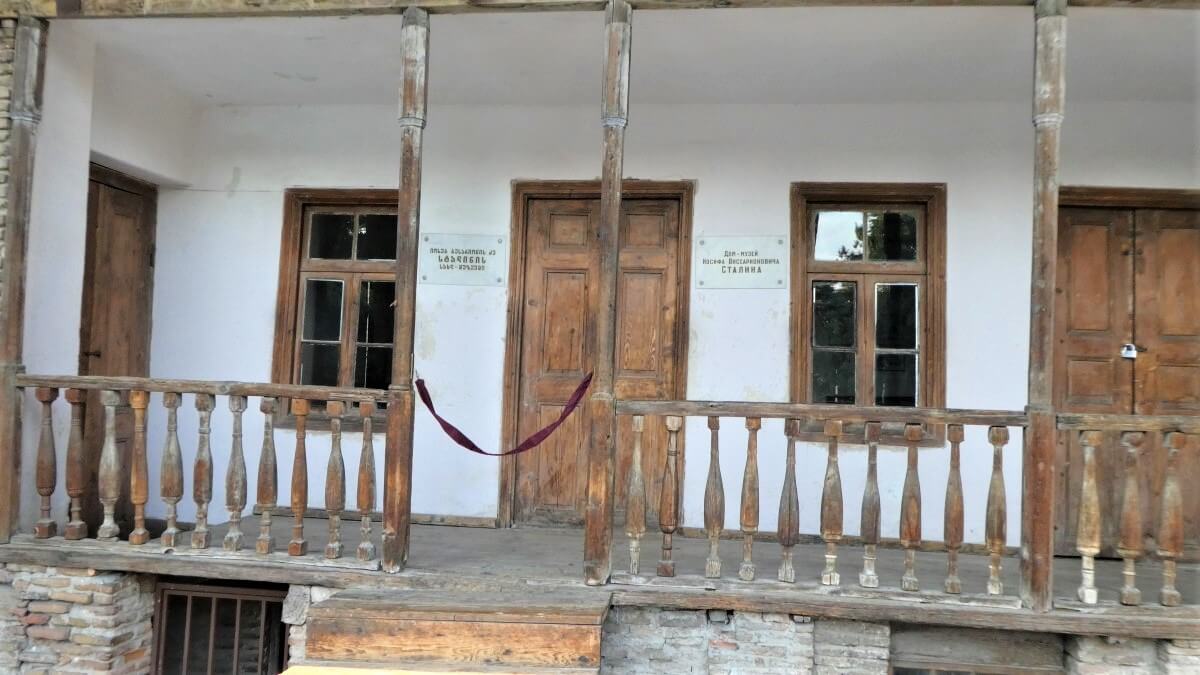
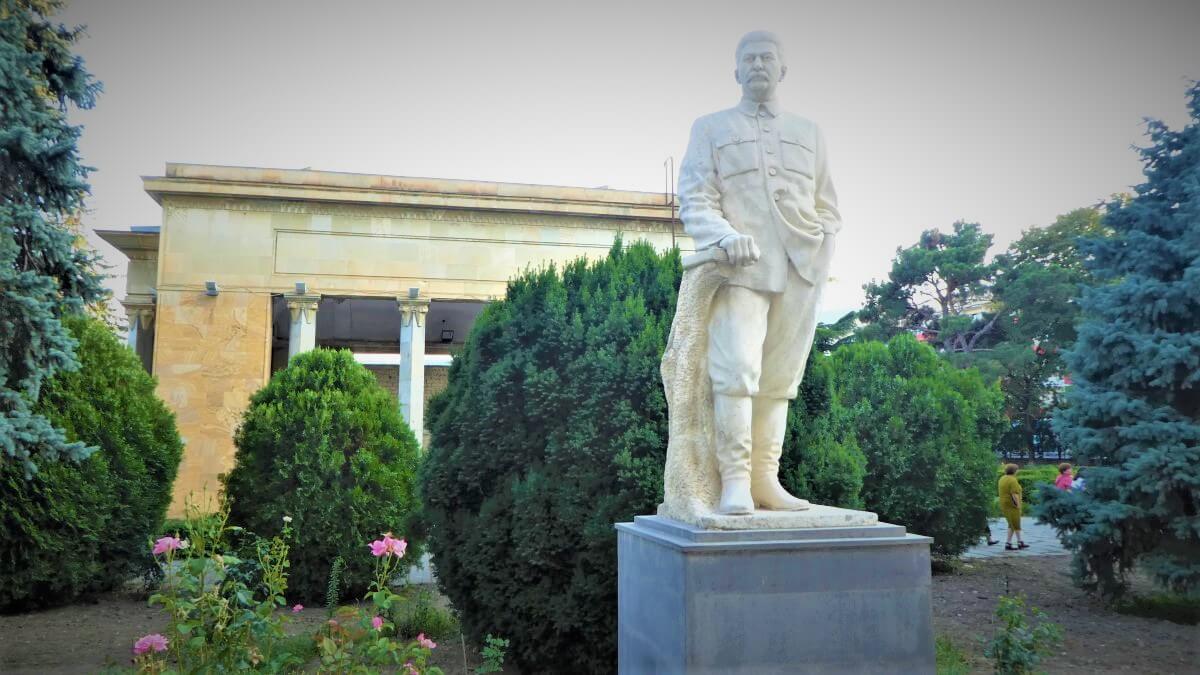
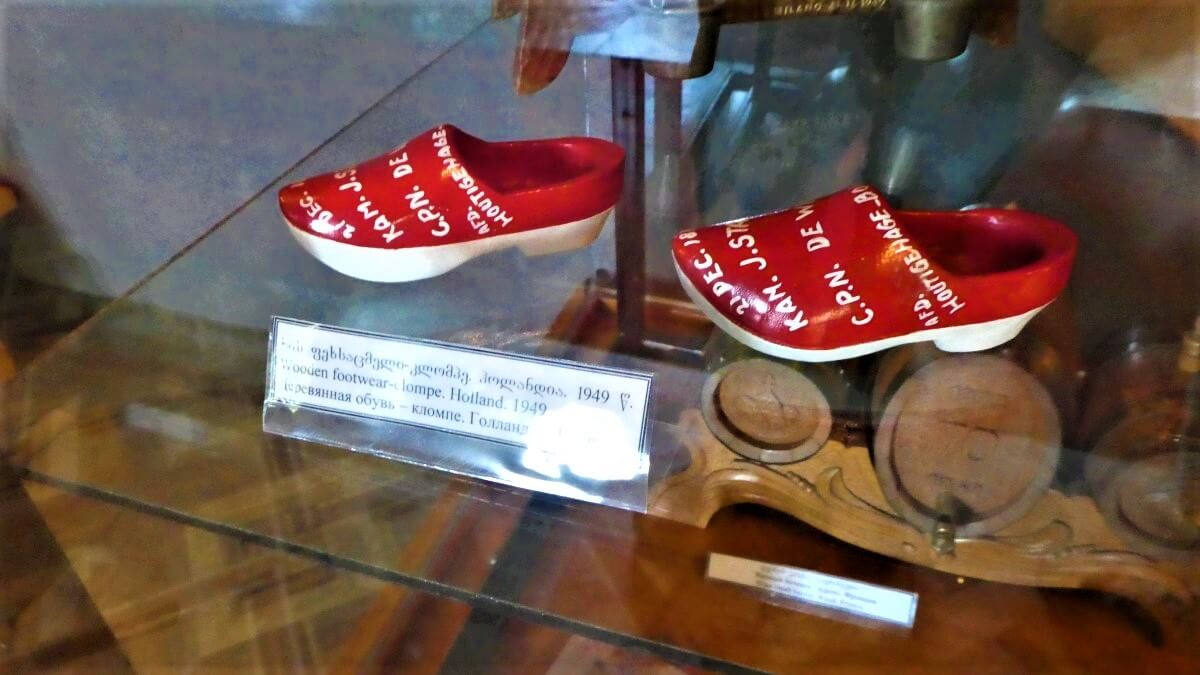
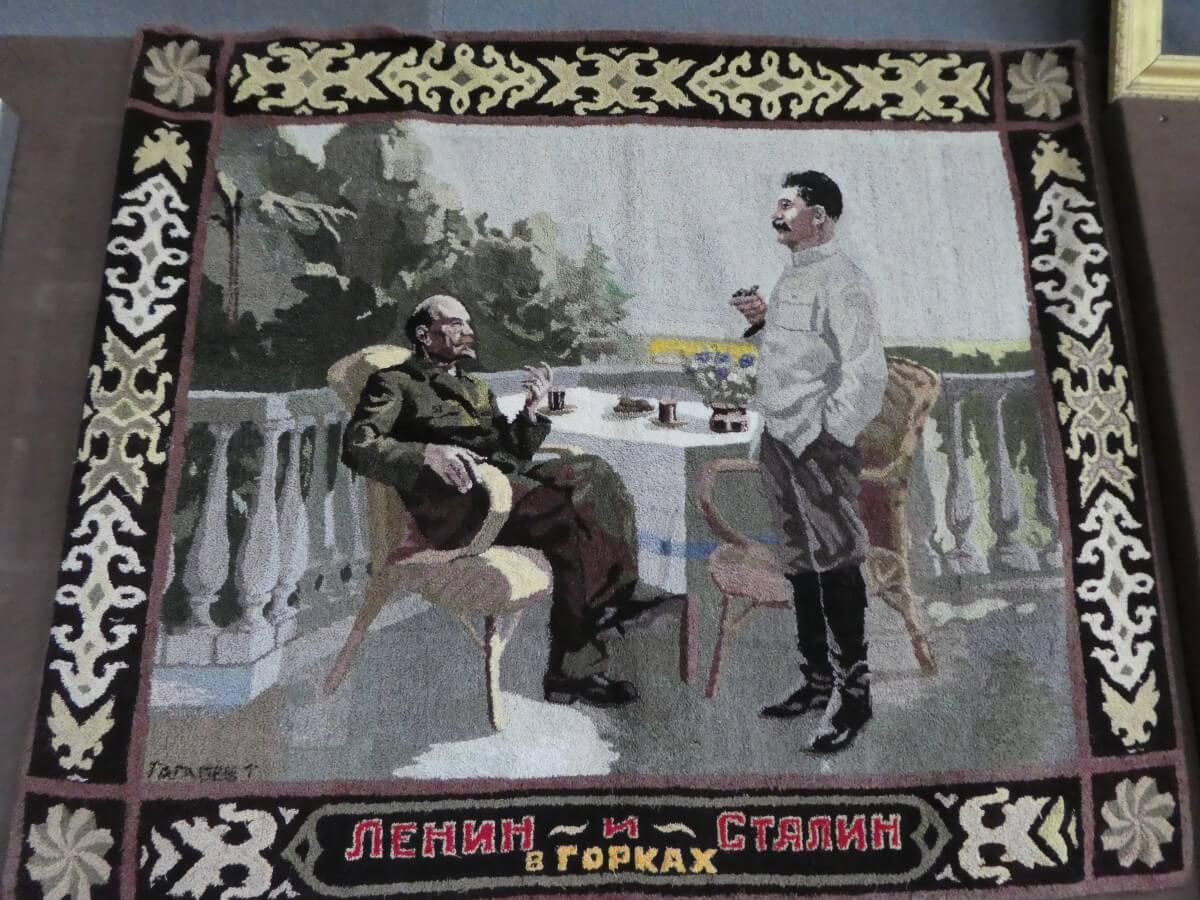
Planning to visit the Stalin Museum in Gori, Georgia?
How to get to the Stalin Museum?
The Stalin Museum is located in the center of the city on, what else… Stalin Avenue. It is within walking distance of the Gori Fortress and the bus station.
Opening Hours?
The museum is open daily from 10 am to 6 pm.
Do you have more tips ideas or comments about Stalin Museum? Then feel free to leave a comment below.